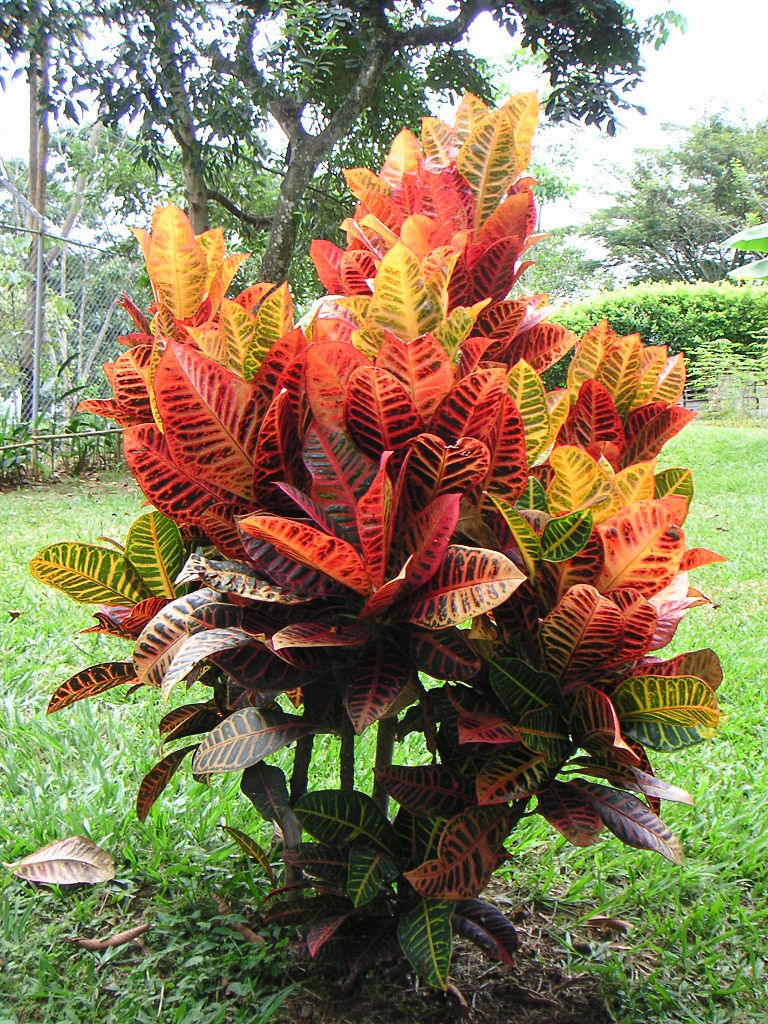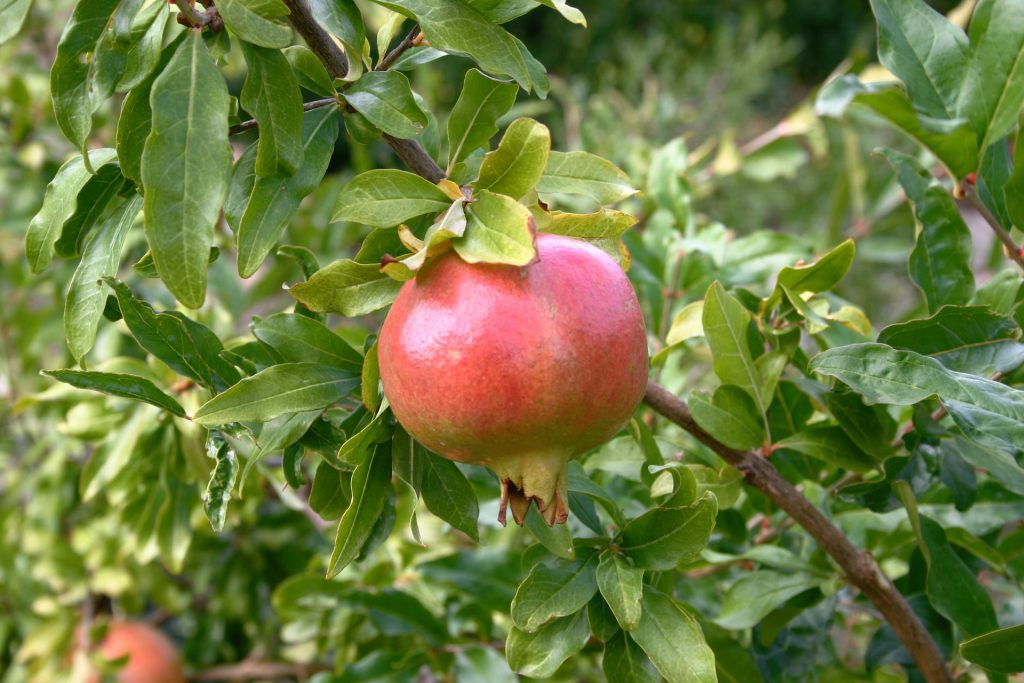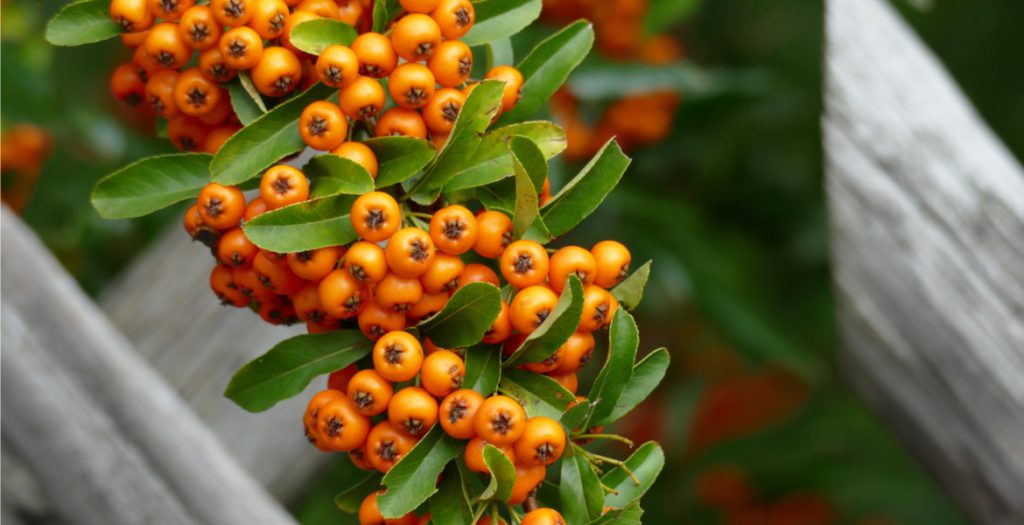The croton plant (Codiaeum variegatum) has colorful variegated foliage and nearly limitless leaf forms with hundreds of croton plant varieties. Croton plants grow best outdoors in warm, humid climates. They like full to dappled light and plentiful water.
In general, Codiaeum variegatum grows relatively slowly, gaining less than a foot per growing season.
Crotons (Codiaeum variegatum, fire croton, garden croton, or variegated croton) need plenty of bright light, a consistently warm spot and high humidity. They can take some direct sunshine but keep them away from direct midday sun. Keep the soil moist from spring to autumn, and provide some humidity by misting regularly or standing on a tray of moist pebbles.
Where to grow a croton plant
Crotons do best in bright light and can take some sunshine – this will ensure their leaves stay colourful. Avoid direct midday sunlight, as this will scorch the leaves – a spot near an east or west-facing window is ideal. Provide a minimum temperature of 15 degrees Celsius and avoid rooms with regular temperature fluctuations or draughts.
Indoors growing
Growing croton plants indoors can be a challenge to mimic their ideal conditions.
The primary challenge with croton plant care indoors is maintaining the ideal temperature. If it is too cold, the plant will start losing leaves. However, crotons are well worth the effort for the explosion of color they can provide in a space. Other croton plant benefits (and houseplant benefits in general) include cleaning the air, adding humidity to a space, and improving mood and productivity.
Outdoor growing
Outdoor croton plants can reach around 8 feet tall, but as pot-grown houseplants they tend to be much smaller, making croton a good indoor plant in that regard.
Croton plants grow best outdoors in warm, humid climates. They like full to dappled light and plentiful water.
How to plant a croton plant
Plant in soil-based compost in a pot that is the same size or a little larger than the root ball. Repot every two or three years in spring if root-bound, into a slightly larger pot. Wear gloves when handling.
Caring for a croton plant
Keep the soil moist (but not soaking wet) at all times from spring to autumn. Use tepid water and make sure any excess has drained away. Water less in winter, allowing the top few centimetres of compost to dry out between waterings.
Mist the leaves daily with tepid water or stand on a pebble tray that’s topped up with water.
Feed every two weeks with a balanced house plant fertiliser.
Wipe the leaves occasionally with a damp cloth to remove dust.
Pruning a croton plant
These plants respond well to trimming, so if your croton plant becomes leggy, prune it back hard at the beginning of the growing season. Remove unhealthy leaves and branches or if you want to maintain a specific shape. Trim just above a node or leaf set. Try not to remove more than 1/3 of the stem at one time. The plant will regrow from the cut portion. If pruning an indoor plant, move it outside once it’s been hardened off (gradually introduced to outdoor conditions for a week).
Growing crotons: problem solving
Dropping leaves
Τhis occurs if there is something wrong with the plant’s growing conditions – for example, the soil is too wet or too dry. It can also happen if it is moved to a new spot.
Fading leaves
Τhe plant needs more sunlight. Ensure that it receives around 4-5 hours of direct sunshine (but avoid midday sun).
Brown leaf tips
Τhe surrounding air or compost is too dry.
Brown edges on leaves
Τhe room is too cold.
Red spider mite
Red spider mite can affect crotons. The leaves and stems of the plant will be covered in fine webbing and the upper surface of the leaf becomes mottled. If you look carefully, using a magnifying glass, you will see mites and eggs on the undersides of the leaves. Improve air circulation boost humidity. Alternatively, use sprays containing, fatty acids or plant oils.
Scale insect
Scale insect can also be a problem – you will see raised brown spots on the leaves. Wipe them off with a damp cloth or cotton bud that has been soaked in an insecticide that contains fatty acids or plant oils.
Greek name: Kρότων.
Sources: https://www.valentine.gr/croton_gr.php, https://www.gardenersworld.com/how-to/grow-plants/how-to-grow-croton-codiaeum-variegatum/, https://www.thespruce.com/grow-codiaeum-variegatum-1902750





